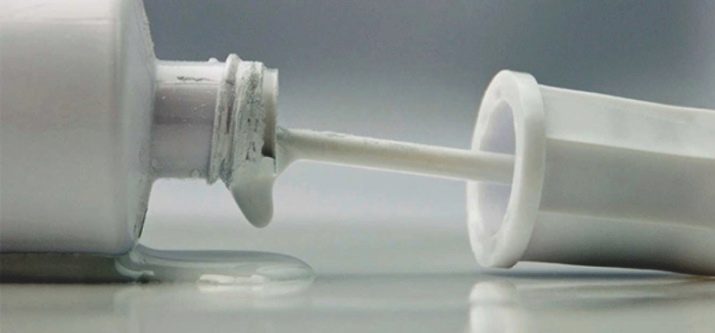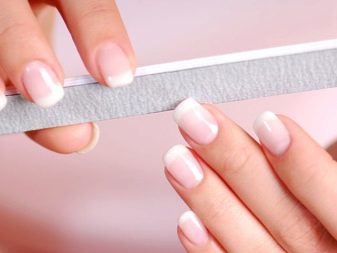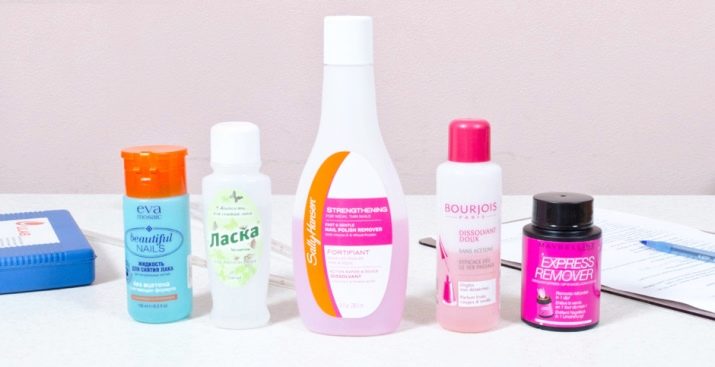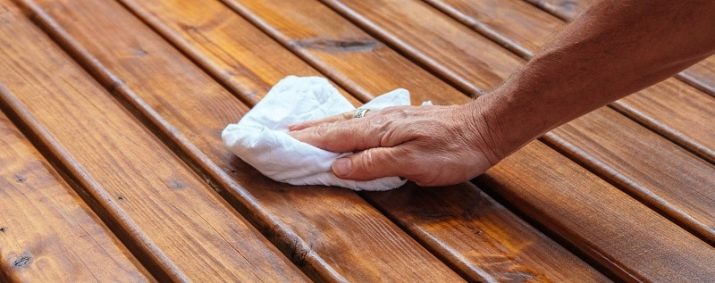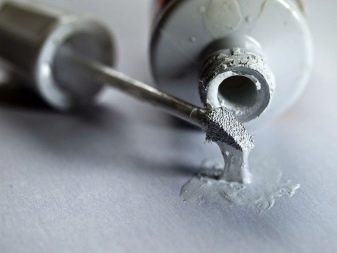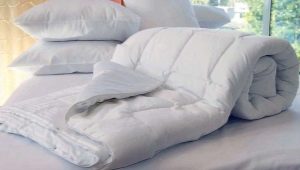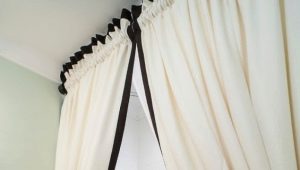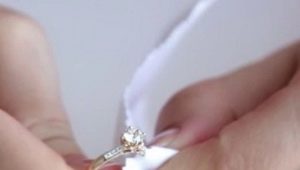How to wipe putty from different surfaces?

Schoolchildren, office workers and those who simply work with papers know that you can fix any blot in the records quickly and easily. To do this, you need only a couple of seconds of time and a clerical "touch." This is the name of the usual white corrector.
However, it must be handled with extreme care. One awkward movement, and a stain may appear on the table or clothes. If you are faced with such a situation, you probably know that it is quite difficult to wipe off putty. But still it is possible, and in this article we will describe in detail how to remove traces of the corrector from different surfaces.
So, before you begin to describe how to remove traces of the stroke, you should make an important remark. We will only talk about how to clean the already dried proofreader. After all, if the stain is fresh, it can almost always be easily removed with wet or alcohol wipes. The main thing to do it quickly and accurately.
However, when the correction fluid is already frozen, the process of its removal becomes much more difficult. The fact is that the dried line forms a kind of film on the surface, and therefore it can no longer be washed off with a simple cloth. We list specific types of surfaces and methods for their purification.
clothing
If you have soiled your favorite blouse or jacket with a proofreader, do not be upset. After all, things still get to wash. But before proceeding to the procedure for removing stains, you should carefully examine the composition of the stroke. Since it depends on your next steps. Let us examine the features of each type of composition.
Water base
To remove the stain from such a corrector is easy. The main thing to remember is that if a fresh drop of liquid gets on the fabric, it should never be rubbed. Since this only aggravates the situation, the stroke will be even more embedded in the fibers of the clothing. So, just wash the item in the washing machine in accordance with the rules of care for this type of fabric. From the stain will not remain a trace. And for maximum effect, you can achieve if you pre-soak the product in cool, soapy water for about twenty or thirty minutes.
Emulsion or alcohol
This type of pollution is already more complex. Before you start cleansing, you must wait until the line has completely dried. Then, if the stain is large, try very carefully to remove it. with a blunt knife or regular nail file. Next, you should moisten a cotton pad in alcohol, lotion, or alcohol-based cologne. Moisten the trace of the corrector in an alcoholic liquid, then clean the stain with light motions. To completely remove the remnants of the office line, you need to wash clothes, following the instructions on the label.
It is worth noting that if pollution appears on clothes made of delicate fabric or things of a rich shade, then you should be extremely careful. After all, it is very easy to damage the structure of the fabric or to spoil the color of the product. Therefore, in such cases it is better to seek help from a professional dry cleaner.
Solvent base
Clear the spot from such a stroke, perhaps the most difficult. As in the previous version, it is necessary to act according to the scheme “a wedge is knocked out by a wedge”. Therefore, for the stain removal procedure, you will need any kind of solvent, be it “White spirit” or ordinary nail polish remover. And also a small piece of clean fabric.
Beforehand, it is imperative to check how the solvent acts on the fabric.This can be done on an invisible part of the thing, for example, its seam.
If the textile does not lose its color, structure or form, then you can begin the process of removing the stroke. To do this, turn the product on the seamy side, while placing it under the front of the pre-prepared fabric. Carefully, with light movements, moving from the edge to the center, process the stain. After that, wash the thing on your hands or in the washing machine in delicate mode.
In a situation where the stain of the stroke fell on velvet, silk or similar fabric, better to give things away to professionals. In this case, pre-wash them in any case impossible. Since the chances of removing the stain after washing are significantly reduced.
It is worth noting that in some stationery stores sold special solutions that are designed to remove stains from the liquid corrector. They are accompanied by detailed instructions that will help you quickly and easily cope with the process of removing stains.
Other surfaces
So, now you know exactly how to properly remove stains from the corrector from clothes. This means that you will not be upset by a drop of corrective means that has accidentally got on the thing. I must say that removing the traces of the stroke from the clothes is the most difficult. After all, to remove the bar from the table, plastic or tiles, do not have to make a lot of effort.
In the vast majority of cases, just enough to scrape the stain with a soft spatula. Or simply blot with a napkin that is moistened with a solution of alcohol or acetone. Even old spots will disappear without a trace.
When it comes to removing stains from a sofa or other upholstered furniture, then the actions will be similar to those used to clean clothes. Also, first of all, it is necessary to study the composition of the corrective agent, and on the basis of this, select a cleaning option.
Always make sure that the solvent or detergent does not spoil the color and structure of the material. As soon as you notice something like that, immediately stop the process.
Finally, we list several useful Tips to help you maintain the integrity and beauty of the fabric while removing the corrector from it:
- Do not rub the cleanser. It doesn't matter if it is a solvent, alcohol or acetone. After all, this way you can damage textiles. Act carefully and carefully.
- Use extra fabric. This is necessary so that the cleaner does not spread over the entire surface of the product.
- Always handle textiles from the inside only.
- Do not wash with hot water to better remove contaminants.
- If you decide to use an alcohol solution to remove the stain, then only transparent formulations will do. Alcohol and various tinctures that have color can leave even more stain on the fabric.
- So that the solvent does not spread over the entire surface of the product, it is necessary to wet the treated area with ordinary water.
We hope the information from our article will help you quickly and easily clean off any surface, be it a blouse, floor or tile.
To learn how to quickly and easily clean the table from the corrector, see the next video.
